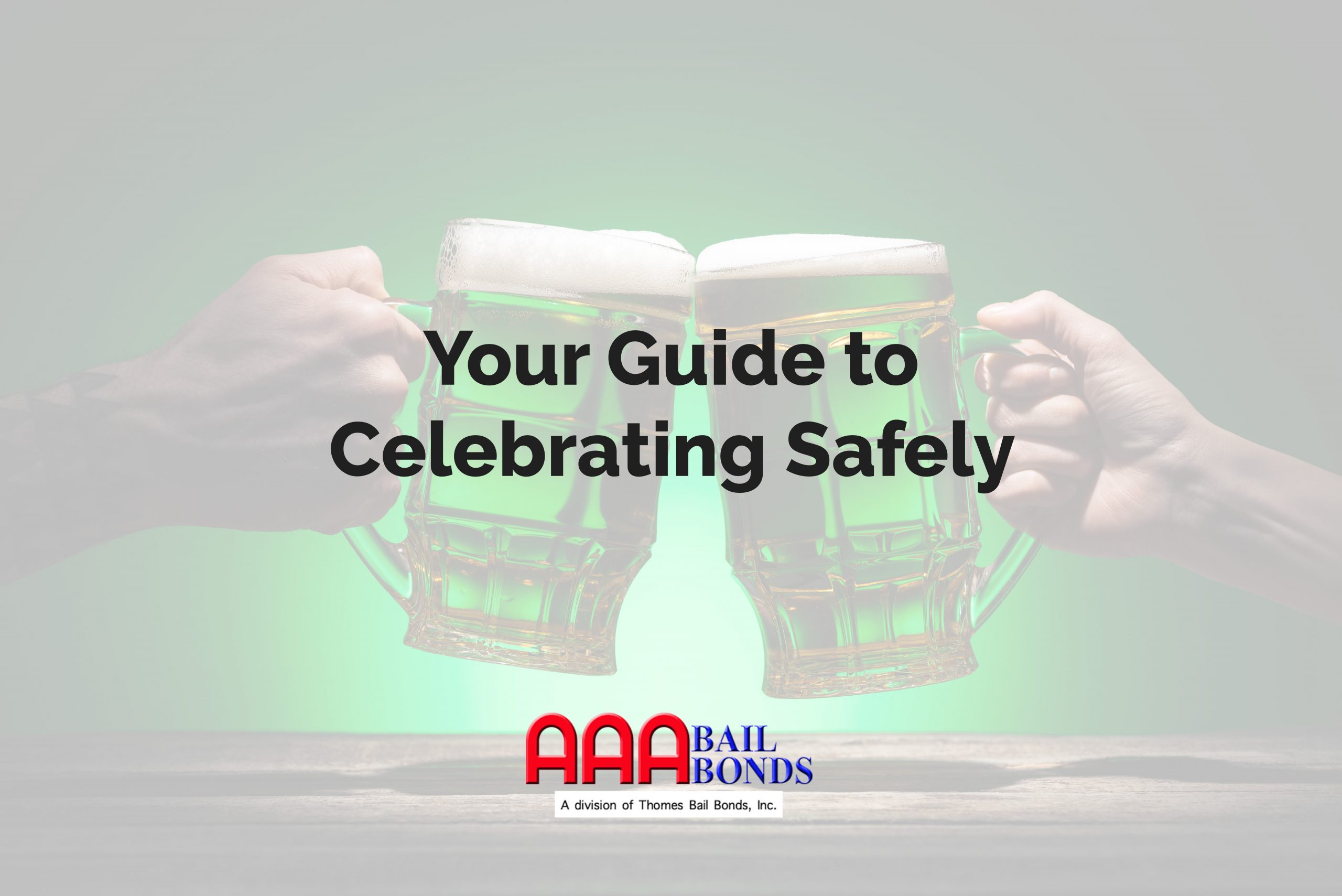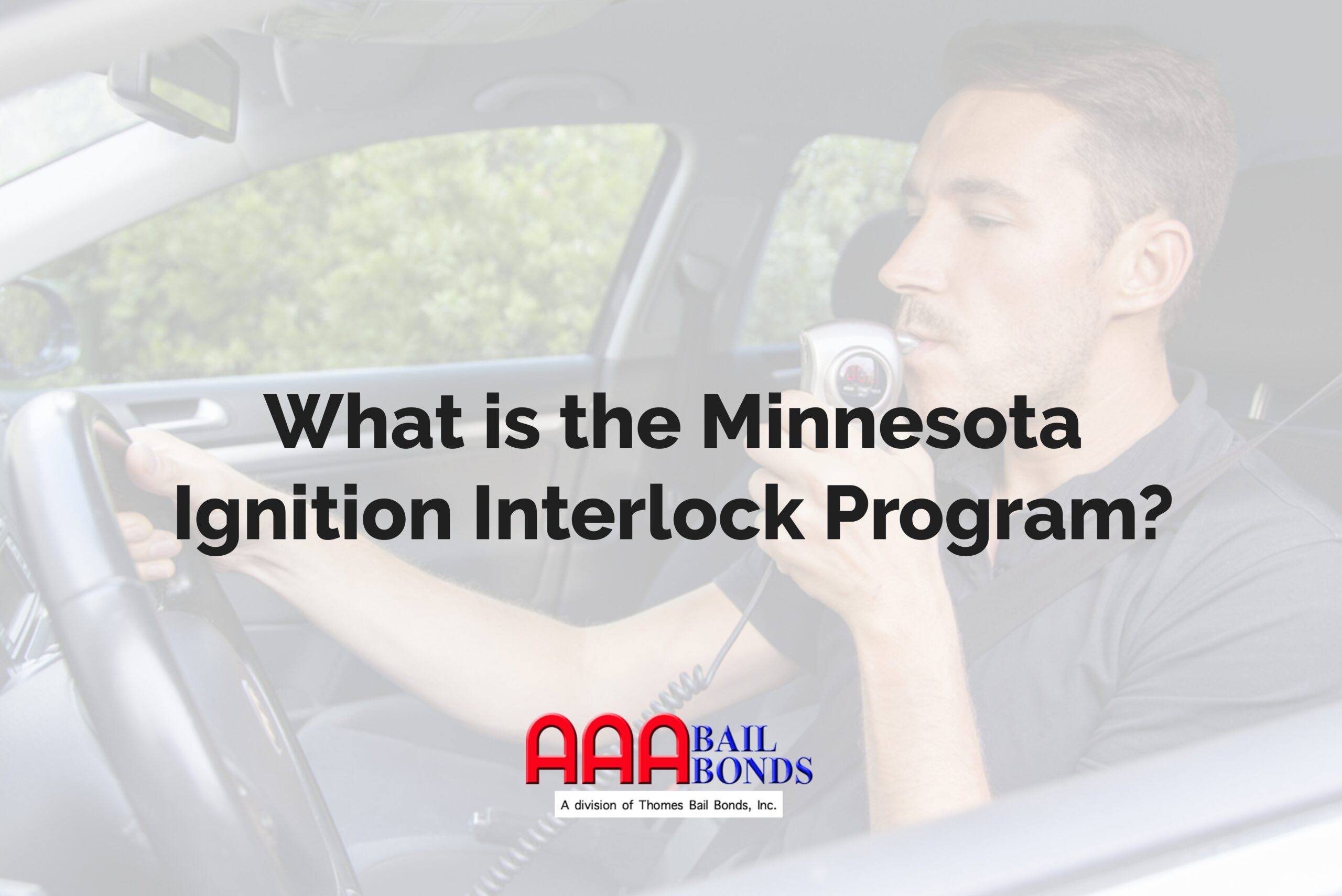Last month we talked about celebrating safely, but if you missed our advice and found yourself arrested for Driving While Intoxicated/Driving Under the influence (DWI/DUI), the next steps can be overwhelming! Here’s an overview of what to do next and what to expect for penalties drivers face when they’ve been arrested for DWI in the state of Minnesota.
Contact an attorney
If you don’t have an attorney and are unsure where to start, AAA Bailbonds has a list of attorneys on our website that can help you!
Posting Bail
In the past, we’ve discussed posting bail after a DWI arrest. If you’ve been arrested and the judge has set bail, AAA Bailbonds is here to help you navigate getting out of jail while you await trial.
What are the penalties for DWI in Minnesota?
The penalties for DWI in Minnesota depend upon the circumstances of each case and the number of previous offenses (if any) a person has. Penalties include jail time, fines, license revocation, license plate forfeiture (sometimes referred to as getting “whiskey plates”), vehicle forfeiture, and drug/alcohol treatment.
Aggravating factors/Enhanced Penalties
Under Minnesota state law, certain factors surrounding a DWI can increase penalties. These include:
- Prior impaired driving incidents within the last 10 years
- BAC (blood alcohol concentration) of 0.16% or more
- A DWI while carrying a child under the age of 16 in the vehicle
- A DWI while driving with a license has been suspended/revoked/canceled
Follow these guidelines from the MN Office of Traffic Safety to reduce drug and alcohol-related arrests:
- Plan for a safe ride — designate a sober driver, use a safe, alternative transportation option, or stay at the party or location until sober.
- Speak up — Offer to be a designated driver or be available to pick up a loved one anytime, anywhere. If you see an impaired person about to get behind the wheel, get them a safe ride home.
- Buckle up — the best defense against a drunk driver, plus it’s the law!
- Report drunk driving — call 911 when witnessing impaired driving behavior. Be prepared to provide the location, license plate number, and observed dangerous behavior.



